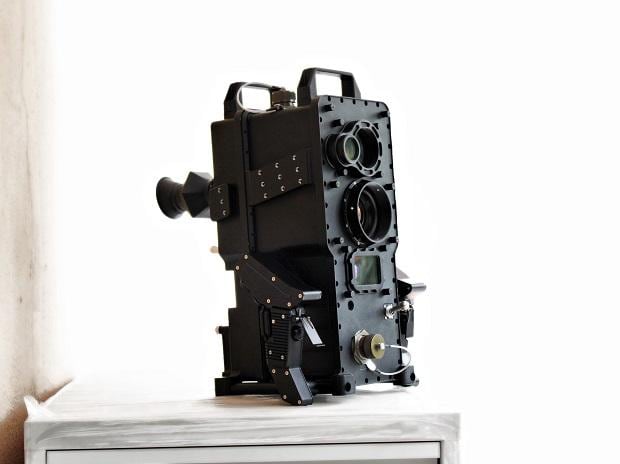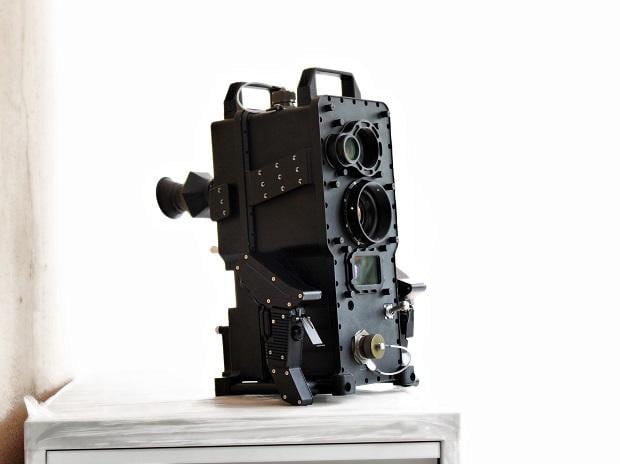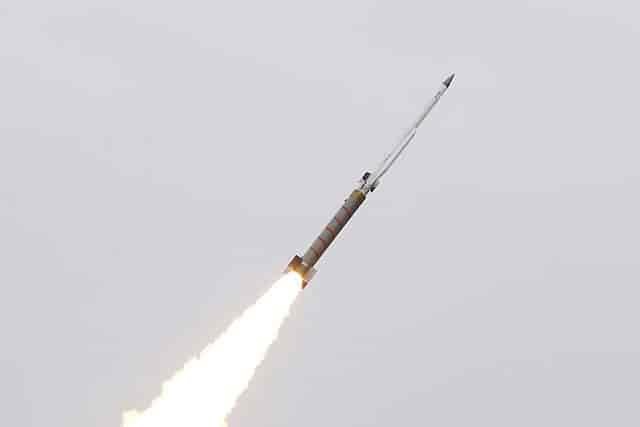The DRDO expects to complete the extension of range by May 2022. Astra is an indigenous beyond-visual-range air-to-air missile.

theprint.in
New Delhi: India is working on an extended range of the indigenous beyond-visual-range (BVR) air-to-air missile ‘Astra’ (Sanskrit/Hindi for a launched weapon), which will enable it to strike enemy targets 160 km away, without getting out of its own airspace, ThePrint has learnt.
The development comes even as work is on to integrate the current 110 km version of the Astra Mk 1 on board the Indian Air Force’s MiG-29 and Light Combat Aircraft ‘Tejas’ Mk 1, and the Indian Navy’s MiG-29K aircraft. The Astra Mark 1 is already integrated with the IAF’s Su-30 MKI fighters, and the production process — by state-owned Bharat Dynamics Limited — has begun.
Once the overall integration plans are completed, the Astra will be the standard long-range air-to-air missile across India’s entire fighter fleet, except the French-origin Rafale and Mirage.
In
July this year, the defence ministry formally sanctioned the purchase of 248 Astra missiles, including 48 for the Navy, after a successful September 2019 trial in which it hit a target 90 km away.
Sources said Astra has export potential too, and will be considered for sale to friendly countries.
Also read: India now working on 1,500-km range BrahMos supersonic cruise missile
Mk 2 by May 2022
As of now, with a range of over 110 km and a maximum speed of Mach 4.5 (over 5,500 kmph), the Astra Mk 1 is seen as a game-changer, which can bring back India’s
air-to-air combat superiority over Pakistan.
While India now also has European developer MBDA’s Meteor missiles with the Rafale’s induction, they are much more costly (Rs 25 crore each) compared to the Astra (Rs 7-8 crore).
For the second version of the Astra missile, called Mark 2, the Defence Research and Development Organisation (DRDO) is working on dual-pulse rocket motor to extend the range up to 160 km by May 2022, sources in the defence and security establishment told ThePrint.
Work is also going on to replace the Russian radio frequency (RF) seekers’ on the missile with indigenous ones, a source said.
“Three air launch and captive flight tests have been completed with indigenous RF seekers. The indigenous seeker will be proven by June 2021. Subsequently, Astra Mk-1 & Mk-2 missile will be using the indigenous seeker in production,” the source said.
At present, all subsystems, except the RF seeker and the inertial measurement unit (IMU), are indigenous. The seekers are being indigenised by Bharat Electronics Limited, Bengaluru, and will be inducted by June 2021, sources said, adding that efforts are on for the development of the indigenous IMUs too.
Project Astra was initiated in 2001
In 2001, the DRDO had initiated discussions with various stakeholders on the design and development of an indigenous air-to-air missile system, which could take on adversary targets beyond the visual range, thus providing a strategic advantage.
Subsequently, Hyderabad’s Defence Research and Development Laboratory (DRDL) was identified as the nodal lab, and a task force was formed to undertake preliminary studies.
Sources said although financial sanctions were not available then, activities were initiated with the internal funds of the DRDO.
“The major challenges were the development of RF Seeker, miniaturised and robust missile hardware, and integration on IAF frontline aircraft without the support of the foreign Original Equipment Manufacturer (OEM),” a source said, adding that DRDO’s management wanted DRDL to demonstrate the basic capability even before the project sanction.
Simultaneously, the IAF was requested to generate the programme standard and quality requirement (PSQR).
Also read: India tests RUDRAM — here’s why first indigenous anti-radiation missile is important
Testing phase
The initial effort was to prove the Astra’s performance in ballistic launch from the ground launcher. A source explained that this was done to demonstrate its safe release from the ground, before testing it on manned aircraft.
In May 2003, three ballistic missile tests were conducted from the Integrated Test Range, Balasore, using the ground launcher.
The propulsion system was proven and the safe release from ground was demonstrated. Subsequently, the PSQR was released, and the project named Astra was sanctioned on 1 April 2004 for a duration of 101 months.
During this period, Astra was to be developed and integrated on the Su-30 MKI with the feasibility for integration on MiG-29, Mirage 2000 and LCA platforms as well.
“One of the specifications in the PSQR was the requirement of a smokeless propellant system. However, the propulsion system used in the 2003 ground flight trials was with a certain level of smoke. This called for a re-development of a new smokeless propellant for Astra,” a source said.
The team then started working on the system, even as in parallel, a team was formed within DRDO laboratories for the development of the avionics system, meeting Astra’s space constraints.
In 2007, the control and guidance flight trials were initiated. In the first trial, it was found that the missile was experiencing wing-induced oscillations, which had serious implications for the performance.
“One of the most critical technologies required for Astra was the RF seeker technology which was not available in the country then. Therefore, a decision was taken to develop the seeker to meet Astra specifications through AGAT, Russia, an established seeker manufacturer,” the last source cited above said.
In 2011, the final missile configuration was frozen and hardware developed to conduct the guided trials, which were conducted successfully in December 2012.
Meanwhile, SDI Bangalore was identified to modify the software of Su-30 MKI aircraft — mission computer, radar computer and display computer — to integrate the Astra missile.
A launcher was designed and developed to integrate Astra missiles on aircraft. The design of the launcher was such that it should let the missile be integrated on any aircraft with minimum changes, sources said.
In May 2014, Astra was air-launched for the first time with all systems performing meeting mission requirements.
“In order to prove in various scenarios and envelope of the aircraft, 35 air launches and 150 captive flight sorties were conducted to meet the requirements of the IAF. With the successful launches in September 2019, the Astra weapon was finally accepted by the users,” another source said.
Export potential of Astra
Sources said the present Astra missile has export potential and can be offered to friendly countries.
“No production version is required to be developed separately. The present version is a platform-independent design, but a few modifications may be required as per platform interfacing and data exchange between missile and aircraft,” a source said when asked if any changes need to be made for export.
But the source added that integration of the Astra missile on an aircraft needs some changes in the fighter too, and hence, the LCA ‘Tejas’ will be a good platform to export, so that all technical expertise will be within the country.
Also read: BrahMos venture to expand, export missiles to countries as India-Russia ties grow — Moscow














